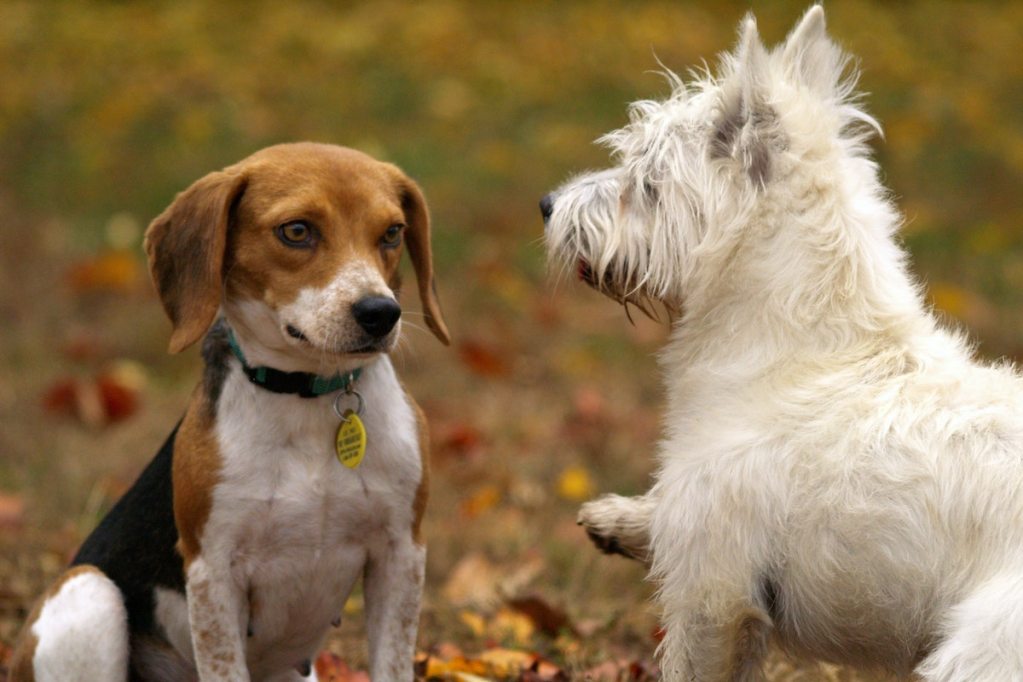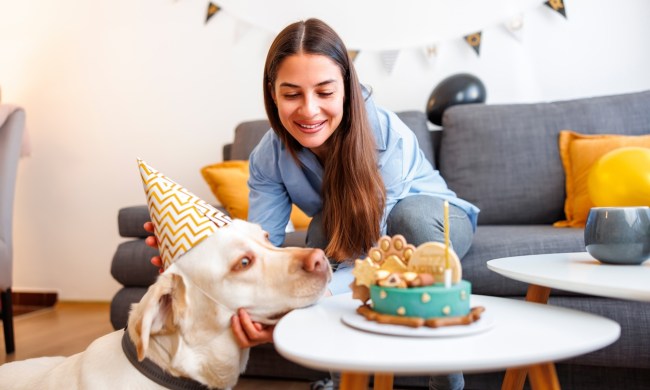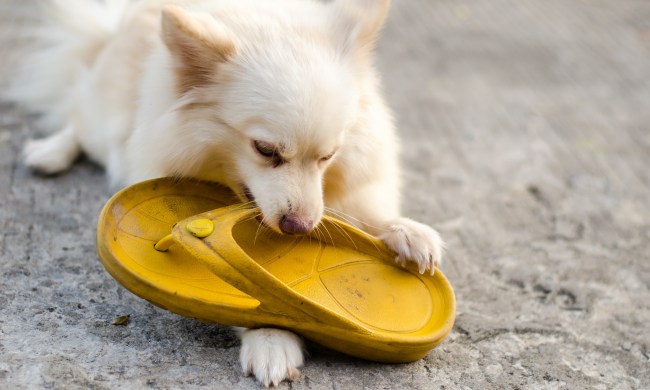We’ve all had the experience of wanting something right there and feeling it’s always just beyond reach. It’s never been cuter, though, than in this video of a sweet golden retriever desperately trying to let his friend inside and not quite making it. We can’t blame the intelligent animal who succeeds in opening the door over and over, refusing to give up until the two are reunited. All told, the dog opens the door nine times until his best friend manages to get a proper hold of it (we counted, so you don’t have to). You’ll definitely get a pick-me-up while constantly hitting repeat on this video posted to r/AnimalsBeingBros from Redditor VowXhing.
Commenters absolutely loved the exchange, with u/lostyourmarble mentioning, “That retriever has infinite love and patience” and u/Lolz_Roffle adding, “Emphasis on the patience… by about the [third] time I would have been like, ‘whatever, man, you’re on your own.'” But this comment really nailed it, with u/thegutterking remarking, “After the second attempt he looks at the camera like ‘you seeing this?'”
Even if the golden may get frustrated, it doesn’t show as he’s convinced any second they’ll get to play. Certainly enough motivation for such a rambunctious dog. We’re all rooting for them and cheered when he finally got there. This is definitely the epitome of animals being bros.

Can dogs have best friends?
While this might be the best example we’ve seen in a while, it’s true that many dogs do indeed form friendships with other dogs. We think this behavior comes from a pack mentality imbued by their ancient wolf ancestors mixed with thousands of years of human breeding. Now, your beastie will stay loyal to you but also to his fellow four-legged pals, whether they’re a dog or cat, or another creature. Having playmates can also help your pup build confidence and even learn tricks by emulating a more experienced canine.
It looks funny in this viral video, but when dogs open doors, there can be consequences, such as constantly needing to find him in the neighborhood. Though we don’t recommend it for most pets, service animals often need to master this skill to do their jobs. It’s generally a challenging process to teach them, and it seems this little guy may have a particular knack for it. One important note, lever handles like this one tend to go easier for them as man’s best friend lacks the thumbs required to turn a knob. A sure way to keep the dogs inside and their besties out? Lock the door (you can invest in the self-locking variety if this keeps coming up). Still, if you do that, you won’t get a heartwarming video to share like this one.



